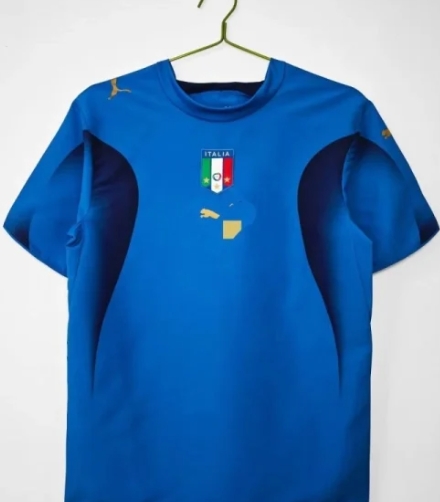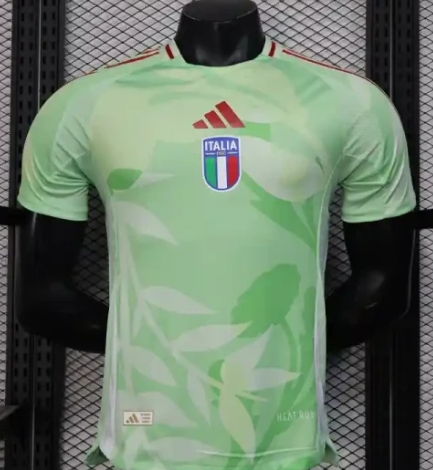italy soccer jerseys football YUPOO china B2B2C Wholesale Supplier Branded national italy soccer jerseys retro shirts, join us on whatsapp | Yupoo fashion national italy soccer jerseys players jerseys football retro jerseys reseller online store , Yupoo jerseys Replica top version for yupoo wholesale drop shipping jerseys to worldwide.
The history of soccer in Italy is not just a tale of athletic achievement, but also a vibrant story interwoven with national pride, cultural identity, and revolutionary changes in both society and sporting practices. Italian soccer jerseys, in particular, have become iconic symbols of the sport, reflecting the artistry of Italian fashion and embodying the proud traditions of its national team. This comprehensive overview will explore Italy’s soccer history, notable achievements, the evolution of its jerseys, and the cultural significance of football in the country.
Soccer, known as "calcio" in Italy, has roots that trace back to the ancient times when games resembling soccer were played. However, the modern game was formally introduced when English expatriates brought soccer to Italy in the late 19th century. The first official football club, Genoa Cricket and Football Club, was founded in 1893, which marked the inception of organized football in the country.
The Italian Football Federation (FIGC) was established in 1898, and the first Italian championship took place in 1898, leading to rapid growth and interest in the sport. By the early 20th century, other clubs, such as AC Milan, Juventus, and Inter Milan, began to emerge, setting the stage for Italy’s powerful club football culture.
The early 20th century saw Italy establishing itself as a force in international football. The national team participated in its first FIFA World Cup in 1934 and achieved success by winning the tournament, defeating Czechoslovakia in the final. This victory marked Italy’s emergence on the global stage and set a precedent for future accomplishments.
The subsequent World Cup in 1938 saw Italy retaining its title, becoming the first team to win back-to-back championships. These successes were attributed to talented players such as Giuseppe Meazza and a strong tactical approach, which would influence the development of Italian football for years to come.
After World War II, Italian football faced challenges, including a decline in performance and internal struggles within clubs. However, the 1960s marked a turning point with the rise of clubs like Inter Milan, which won the European Cup in 1964 and 1965 under coach Helenio Herrera, introducing the "catenaccio" defensive style that became synonymous with Italian football.
Italy also made a renaissance on the national stage, notably reaching the final of the 1968 UEFA European Championship, securing their first European title. Amidst the sociopolitical changes in Italy, football became a symbol of unity and identity for the nation, capturing the hearts of fans across the country.
During the 1970s and 1980s, Italy became a dominant force in international football. The national team, known as the "Azzurri" (the Blues), reached the 1970 World Cup final, showcasing a talented squad including stars like Giacinto Facchetti and Roberto Baggio. Although they lost to Brazil in a thrilling match, the tournament solidified Italy’s status as a prominent football nation.
Italy won its third World Cup in 1982, a remarkable achievement characterized by a brilliant performance throughout the tournament, culminating in a decisive victory over West Germany in the final. Paolo Rossi became one of the tournament's standout players, leading Italy to glory and further embedding football within the national consciousness.
The Azzurri's jerseys, traditionally blue, are among the most recognizable in football. The color blue has historical significance, representing the House of Savoy, the royal family that unified Italy in the 19th century. The design and quality of Italian jerseys have evolved significantly over the decades, reflecting trends in fashion and advancements in textile technology.
Early Jerseys: In the early 1900s, jerseys were often made from heavy wool fabrics and featured simple designs. The early Azzurri jersey was typically blue, adorned with the Italian crest, but lacked the modernity seen today.
1970s and 1980s: The jerseys of this era began to incorporate more vibrant colors and innovative designs. The iconic "Kappa" brand introduced more fitted styles, focusing on athlete comfort and performance. The design also evolved to include white shorts and socks, which became standard in later years.
Modern Era: In the 2000s, with advancements in fabric technology, jerseys became lighter, more breathable, and featured moisture-wicking properties. Designers began to focus on aesthetics while also ensuring functionality. Contemporary jerseys often carry intricate designs, reflecting not just the nation’s pride but also a modern flair that resonates with fans.
Soccer jerseys yupoo transcends mere sport in Italy; it permeates the cultural identity of the nation. Stadiums resonate with passionate fans who fill the stands, creating an atmosphere filled with emotion and fervor. Major

